Visit Visa from Pakistan -Apply with Discounted Price
Malaysia Visa/Online

Dubai Visit Online

China Visa

South Africa Visa

UK Visa

Kenya Visa Online

Iraq Ziarat Visa
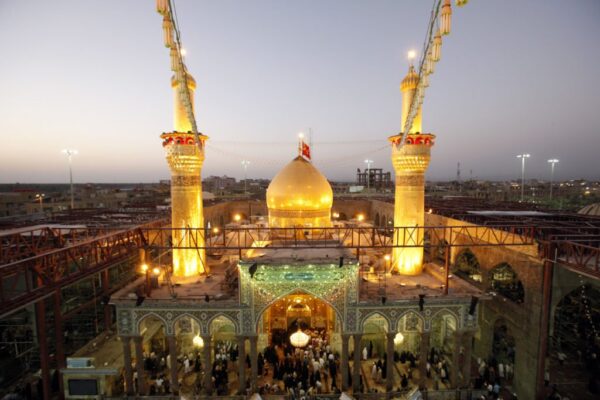
Turkey Visa/Online

Singapore Visa Online

Uzbekistan Visa
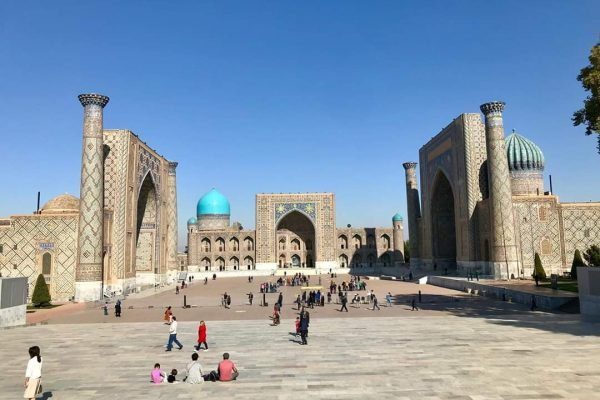
Jordan Visa

Canada Visa
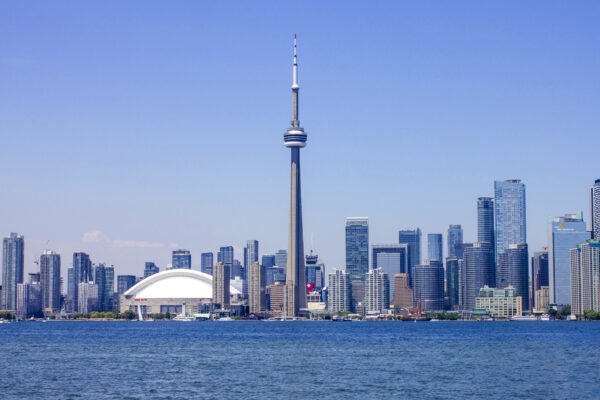
Cambodia Visa Online

Oman Visa Online

Azerbaijan Visa Online
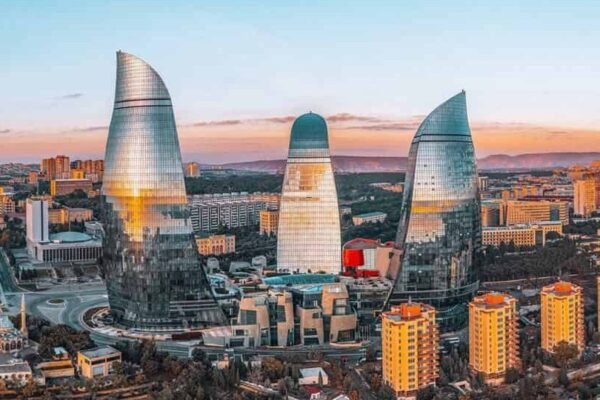
Indonesia Visa Online

Kazakhstan Visa

Morocco Visa

Schengen Visa

SriLanka Visa Online
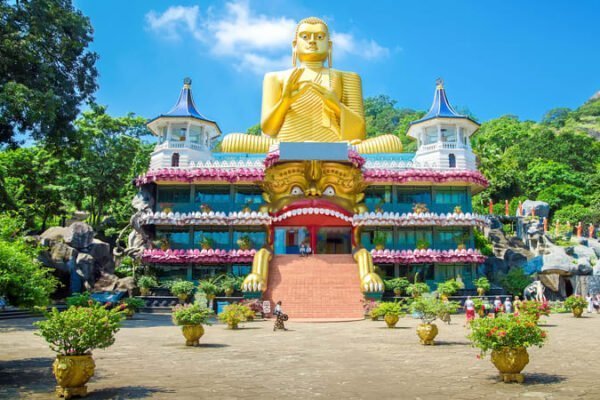
Umarh Visa
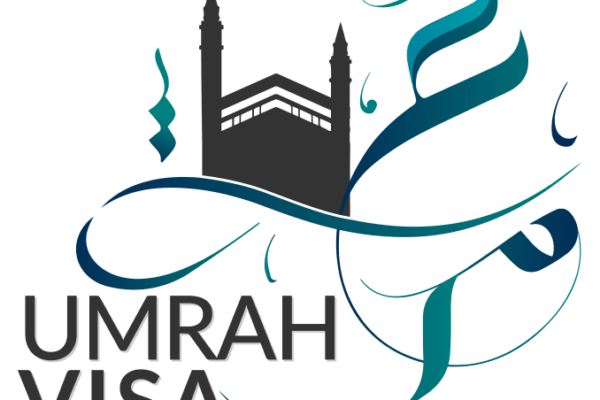
Navigating through the labyrinth of obtaining a visit visa from pakistan can often seem like an overwhelming task. For many of us, the desire to explore new countries, visit family abroad, or pursue short-term business opportunities is a common aspiration. Yet, the complexity and nuances of the visit visa process can be daunting, particularly for those of us hailing from Pakistan, where visa requirements can be stringent and the application process, a bit more convoluted. In this comprehensive guide, I aim to demystify the visit visa process, offering insights, tips, and thorough information to assist my fellow Pakistanis in navigating this journey with greater ease and confidence.
Introduction to Visit Visas
When we talk about stepping onto foreign soil, be it for tourism, business, or visiting family, the first hurdle we encounter is obtaining the right visa. A visit visa, in its essence, is a permit that allows us to enter and temporarily stay in a country for a specific purpose. Unlike other visa types that cater to long-term stays or permanent residency, visit visas are designed for short-term durations, typically ranging from a few weeks to a few months, depending on the destination country’s regulations.
The rationale behind the visit visa is straightforward: it serves to vet and authorize individuals for entry, ensuring they have legitimate reasons for their visit and the means to support themselves during their stay. This process is critical for maintaining the security and economic balance within the host country, as it seeks to prevent illegal immigration and overstaying.
Understanding the nuances of visit visas is crucial. Each country has its own set of rules, requirements, and classifications for visit visas, often tailored to the purpose of the visit—be it tourism, business, family visits, or cultural exchanges. This diversity in visa types means that applicants need to be meticulous in selecting the right visa category that aligns with their travel intent to avoid unnecessary complications or rejections.
Types of Visit Visas Available
Diving deeper into the realm of visit visas, it’s important to recognize the various types available, each designed to cater to specific travel purposes. Broadly speaking, visit visas can be categorized into several common types: tourist visas, business visas, family visit visas, and transit visas.
- Tourist visas are perhaps the most sought-after, allowing travelers to explore a country’s attractions, experience its culture, and indulge in leisure activities. On the other hand, business visas are tailored for individuals looking to engage in short-term business activities, such as attending conferences, meetings, or conducting market research.
- Family visit visas serve those wishing to visit relatives residing in foreign lands, providing a legal pathway to reunite with loved ones. Meanwhile, transit visas are designated for travelers passing through a country en route to their final destination, usually valid for very short periods.
The key to a smooth application process is identifying the visa category that best matches the nature and purpose of your trip. Each type of Tourist visa comes with its own set of requirements and conditions, thus, making an informed choice is imperative for a successful application.
Documents Required for a Visit Visa Application
Embarking on the visit visa application process necessitates a thorough preparation of documents. The documentation required can vary significantly from country to country, but there are commonalities in what you’re expected to provide. Typically, the cornerstone of any visa application is a valid passport, with a validity extending beyond the duration of your intended stay by at least six months.
Application forms, which need to be filled out with utmost accuracy, are another staple of the process. These forms collect essential information about the applicant, their travel plans, and other pertinent details. Proof of financial stability is equally crucial, as it reassures the host country that the visitor can sustain themselves during their stay. This can include bank statements, employment letters, and sponsorship letters if someone is hosting or sponsoring your trip.
Supporting documents might also include itinerary details, such as flight bookings and hotel reservations, along with travel insurance that covers the duration of the visit. In cases where the purpose of the visit is to see family or for business, letters of invitation from the host or business partners in the destination country may be required.
It’s vital to approach the document preparation phase with diligence, ensuring that all paperwork is complete, up-to-date, and accurately reflects your travel intentions. Missing or incorrect information can lead to delays or outright denials, so attention to detail cannot be overstressed.
Understanding the Visit Visa Application Process
The application process for a visit visa, while varying in specifics from one country to another, generally follows a structured pathway. The initial step often involves completing an online application or submitting a physical form at the respective embassy or consulate. This is usually accompanied by scheduling an interview, a standard procedure for many countries, which allows consular officers to assess the applicant’s intentions and validate the information provided in their application.
Following the submission of your application and supporting documents, the waiting game begins. Processing times can vary widely, influenced by factors such as the destination country, the time of year, and the completeness of your application. Patience during this phase is key, as is refraining from making non-refundable travel arrangements until your visa is approved.
For those who might find the process intimidating, several countries offer the services of visa application centers. These centers act as intermediaries, simplifying the submission of documents and sometimes even facilitating the interview process. Utilizing these services can alleviate some of the stress and confusion associated with visa applications, offering guidance and support throughout.
Tips for a Successful Visit Visa Application
Drawing from my personal experiences and the collective wisdom of countless travelers, there are several strategies that can enhance the chances of a successful visa application. Foremost among these is ensuring the consistency and accuracy of the information provided across all documents. Discrepancies, no matter how minor, can raise red flags for consular officers, casting doubt on the credibility of your application.
Another critical aspect is demonstrating ties to your home country, such as employment, business ownership, or family commitments. This serves to convince the visa authorities of your intention to return after your visit, addressing one of the primary concerns that lead to visa rejections.
Equally important is presenting a clear and realistic travel plan, including how you intend to fund your trip. Ambiguities or lack of clarity in your itinerary or financial arrangements can be detrimental to your application’s outcome. Therefore, detailed preparation and transparency are your allies in navigating the visa application process successfully.
Common Reasons for Visit Visa Rejections and How to Avoid Them
Despite meticulous preparations, visa applications can still face rejections. Understanding the common reasons behind these denials is crucial for rectifying issues and improving future applications. Among the predominant causes are insufficient proof of financial means, vague travel intentions, and inadequate evidence of ties to the home country.
To mitigate these risks, ensure your financial documents are in order, clearly depicting your ability to cover all expenses during your stay. Be explicit about your travel plans, providing detailed itineraries and purposeful explanations of your trip. Furthermore, bolster your application with documents that demonstrate your intent to return, such as a letter from your employer, property deeds, or family ties.
Frequently Asked Questions About Visit Visas
The visit visa process often raises numerous questions among applicants. Common inquiries include the duration of visa validity, the possibility of extensions, and the implications of a visa denial on future applications. It’s important to seek answers from official sources or trusted advisors, as misinformation can lead to costly mistakes. Most countries provide comprehensive FAQs on their embassy websites, offering clarity and guidance on these and other concerns.







